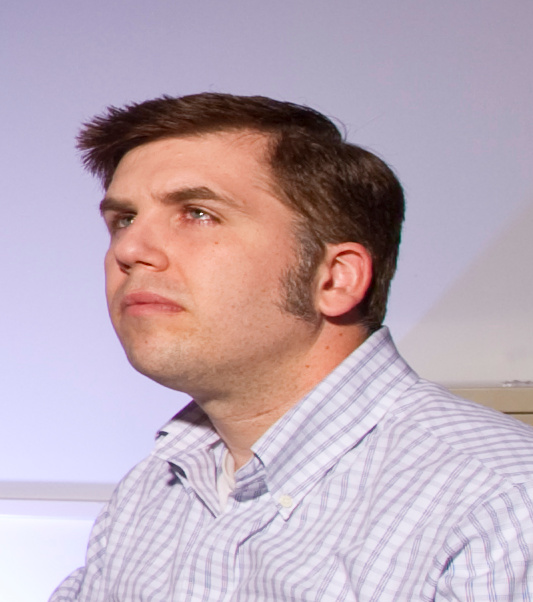Invited Talk by Leo Grady, PhD

|
Leo Grady, PhD,
Principal Research Scientist
Siemens Corporate Research, Princeton, NJ
- Date: Monday, 12 March 2012
- Time: 10:00
- Location: MI Hörsaal 2
|
Graph theory applied to medical image analytics
Abstract:
Radiologists and pathologists use geometrical information to make diagnostic and prognostic decisions about the anatomy they observe. As segmentation algorithms improve and datasets become larger, it becomes possible to learn image-based biomarkers with a precise and complete set of measurements. Traditional methods of quantifying shape emphasize classical measures of geometry, such as volume, surface area and curvature which may be evaluated with increasingly mature image segmentation methods. Additional information may be obtained by modeling biological structures as a network of pixels, which allows us to employ an arsenal of powerful network characterization tools to quantify structural and topological properties of biological structures. Finally, population studies to discriminate different subgroups are enabled by our ability to link different locations and attributes across individuals. In this talk I will present how we have been able to apply graph theory to generate robust and effective image segmentation methods, to produce correspondence between different individuals and how we can learn to discriminate population subtypes by going beyond geometrical features with advanced network characterization.
Bio:
Leo Grady is a Principal Research Scientist in the Department of Image Analytics and Informatics at Siemens Corporate Research in Princeton. He has published over 35 papers in leading journals and conferences and holds over 25 patents. He earned a BSc in Electrical Engineering at the University of Vermont in 1999 and a PhD in the Cognitive and Neural Systems department at Boston University in 2003. His research focuses on the use of graph and network models to analyze data. In particular, he has worked on image segmentation, data clustering, biomedical imaging, complex networks, learning, compressive sensing and filtering using techniques from graph theory, discrete calculus, optimization and PDEs. Recent work has been devoted to two book projects: 'Discrete Calculus: Applied Analysis on Graphs for Computational Science', (Springer, 2010) which focuses on how the structure of connections between data points may be used to improve the analysis and understanding of data and "Image Processing and Analysis with Graphs: Theory and Practice", which is an edited collection for CRC Press, with release scheduled for 2012.


